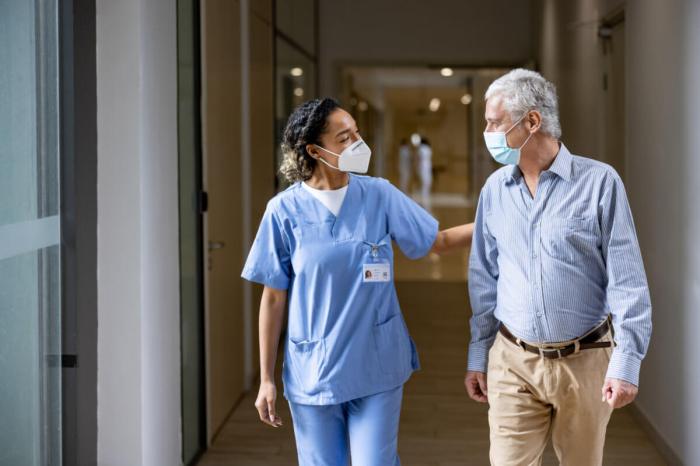Recent preliminary results from Mexico’s soda tax, which showed a 6 percent decline in soda consumption, are renewing public enthusiasm for a similar tax in the United States. In fact last year, Berkeley, Calif., became the first city in the United States to impose a tax on sugary drinks.
The problem with using taxes to change consumer behavior is that the politicians’ incentive to raise revenues directly contradicts their goal to reduce soda consumption. Berkeley’s proud announcement that it took in more than $116,000 during its first month and its decision to pre-apportion the taxes it expects to collect clearly demonstrate which incentive prevailed.
Research in behavioral economics, which combines insights from economics and psychology, points to several ways in which a soda tax might work as a nudge to change consumer behavior.
First, it may act as a reminder to consumers. Given all the things consumers have to keep an eye on while shopping — food quality, price, expiration dates, discounts — it’s easy for calorie counts to slip their minds. Second, the tax may act as a micro-incentive. Studies show that imposing even a trivial cost on a particular choice, like making students walk a few extra steps to reach the junk food in the back of school cafeteria, can have a substantial impact on consumers’ food choices.
The logic of nudges, however, runs counter to the logic of politics. For the soda tax to work as a nudge, it should be highly visible. It has to grab consumers’ attention in order to make the drink choice salient. Yet, in order to maximize tax revenues, studies suggest making the tax as invisible as possible. Consumers under-react to less salient taxes and don’t reduce their consumption, which leads to higher tax revenues.
Since it’s hidden from consumers, Berkeley’s soda tax is evidently designed to maximize revenues. The city imposed the tax on soda distributors who may or may not decide to pass it on to the consumers. Even if the distributors choose to raise the soda prices, the increase will be indistinguishable from the usual price volatility of food items. Nothing on the price tag or consumer’s receipt would indicate that part of the cost comes from the soda tax.
One could argue that the less salient tax design is a byproduct of the limitations the state places on local governments’ taxation powers. Yet, the city could easily go around the limitation by posting a sign next to the soda isle informing consumers of the soda tax. The fact that they chose not to do so indicates their greater interest in maximizing tax revenues than improving consumers’ choices.
As a result, the tax already netted more than $116,000 in revenues during its first month and is expected to bring in around $1.2 million this year. The city council already advanced $500,000 to the newly appointed panel of experts to apportion to the various programs, and activist groups are already sparring over the best use of these funds. The advance is to be repaid from the soda tax revenues.
Two other aspects of the soda tax implementation point to it being driven by politics rather than a desire to help consumers.
First, the city exempts fruit juices and milk from the tax, even though sugar has the same impact on health regardless of its source. The exemptions open the door for political lobbying over what drinks should be considered healthy and exempt from the tax. One need only look at recent congressional decision to declare pizza a vegetable to see the potential for abuse.
Second, the city exempts stores with revenues under $100,000. While sparing small businesses is good politics, it hardly serves the needs of consumers. There is no difference in the health impact of sodas purchased from a large store as opposed to a small one.
Most research on soda or fat taxes focuses on whether the tax could be effective in improving consumers’ choices. Yet, the real question is whether politicians have the incentives to prioritize public health over revenues. As Berkeley’s experience demonstrates, the answer to the last question is a resounding “no.”
Sherzod Abdukadirov is a research fellow in the Regulatory Studies Program at the Mercatus Center at George Mason University. He wrote this for InsideSources.com.


































